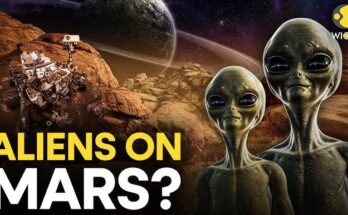NASA has issued a worldwide alarm after detecting dozens of unknown crafts seemingly escorting comet 3I/ATLAS through our solar system. The discovery has sent shockwaves across the globe, sparking fear and intense curiosity among scientists, governments, and space enthusiasts. What makes this event even more unsettling are mysterious transmissions coming from deep space that hint at a chilling truth humanity has never faced before.
The unusual behaviour of these crafts has prompted astronomers and space agencies to mobilise emergency monitoring operations. Experts are trying to determine whether these objects are natural, artificial, or something entirely unprecedented. Early reports suggest coordinated movement around 3I/ATLAS, raising questions about their origin and purpose. This unprecedented phenomenon has not only fascinated the scientific community but also caused global leaders to pause and reassess strategies for planetary security and communication.



